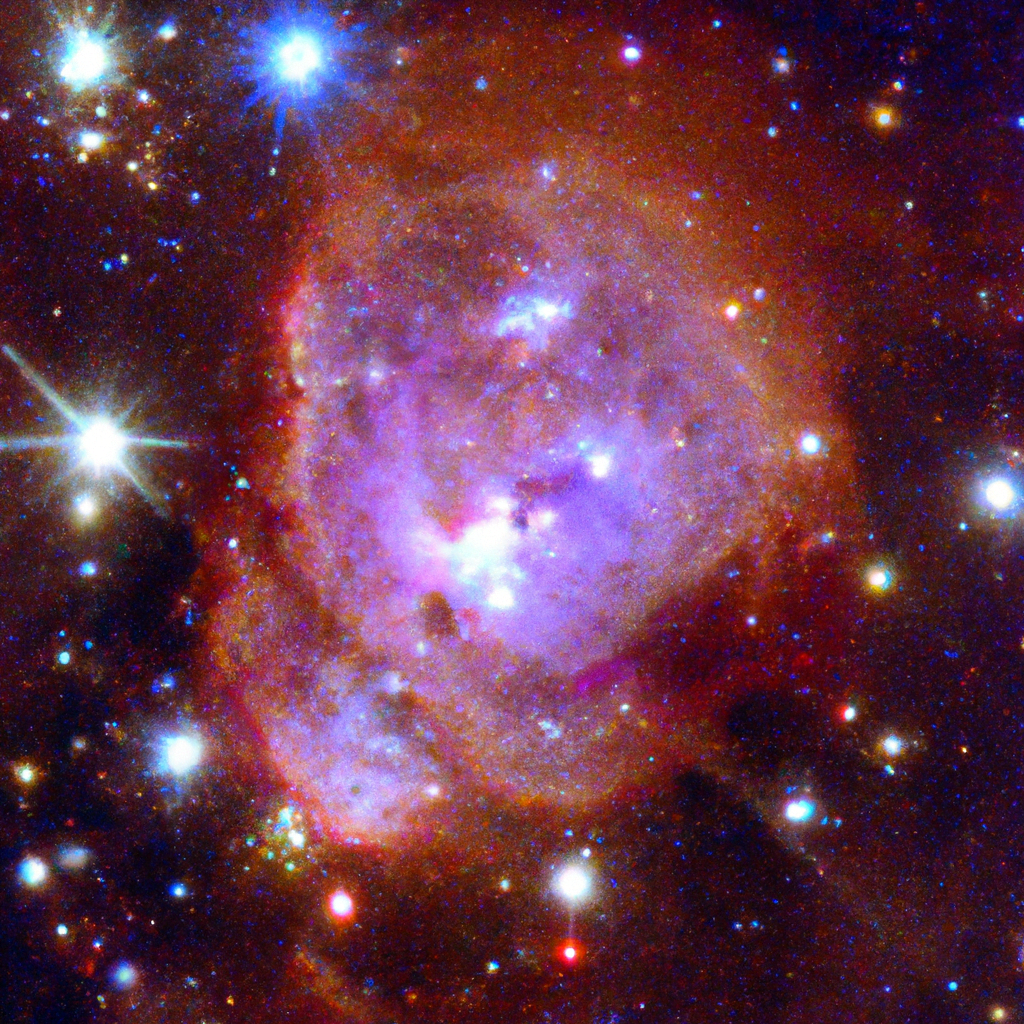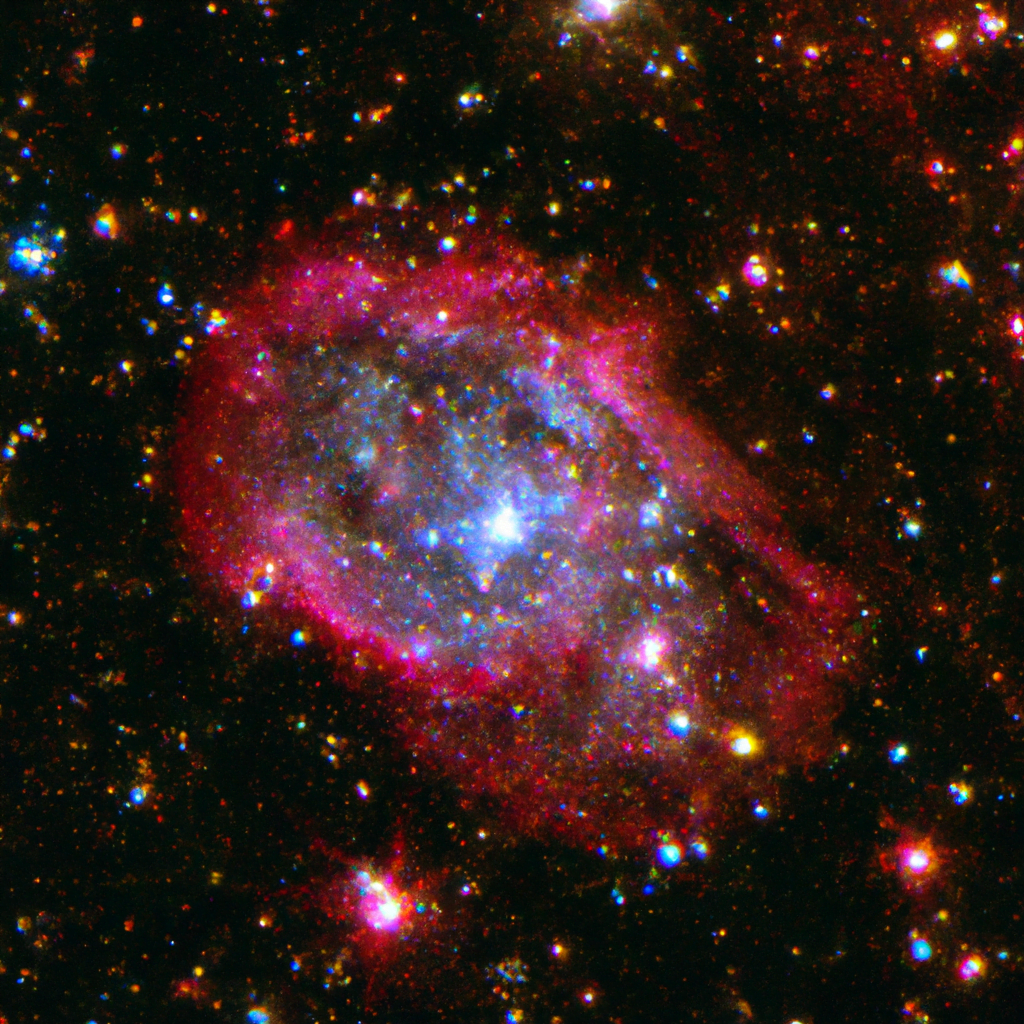Imagine gazing up at the vast expanse of the night sky, marveling at the countless stars that twinkle above you. Have you ever wondered why there is a disparity between how bright these stars appear when you observe them through a telescope versus when you capture them on camera? It’s a fascinating question, one that invites us to explore the intriguing realm of a telescope’s visual and photographic magnitude. In this article, we will delve into the reasons behind this puzzling distinction, uncovering the science behind the enigmatic beauty of the universe. So, buckle up and prepare to embark on a captivating journey through the night sky, as we unravel the secrets behind this cosmic phenomenon.
Table of Contents
The Concept of Magnitude
Introduction to Magnitude
Magnitude is a fundamental concept in astronomy used to measure the brightness of celestial objects. It provides a quantitative representation of the perceived brightness of an object as seen from Earth. The concept of magnitude originated in ancient Greek astronomy and has been refined and standardized over the course of centuries.
Visual Magnitude
Visual magnitude refers to the perceived brightness of a celestial object as observed by the human eye. It is a subjective measure influenced by factors such as the observer’s visual acuity, the atmospheric conditions, and the adaptation of the eye to darkness. Visual magnitude is denoted by the symbol “m” and quantified as a numerical value, with smaller values representing brighter objects.
Photographic Magnitude
On the other hand, photographic magnitude is determined by capturing an image of the celestial object using a camera or other imaging equipment. It represents the amount of light recorded by the film or sensor, without the subjective influences of human perception. Photographic magnitude is denoted by the symbol “M” and is also quantified as a numerical value, with smaller values indicating brighter objects.
Factors Affecting Visual and Photographic Magnitude
Atmospheric Conditions
Atmospheric conditions play a crucial role in influencing both visual and photographic magnitude. The Earth’s atmosphere can cause scattering of light, leading to a decrease in the apparent brightness of celestial objects. Additionally, variations in atmospheric conditions, such as the presence of haze, clouds, or air pollution, can further impact the observed magnitudes.
Telescope Design
The design and specifications of the telescope used for observations also affect the measured magnitudes. Factors such as aperture and focal length determine the amount of light gathered by the telescope, thus influencing the recorded magnitude. Other aspects, like optical aberrations and transmission losses, can introduce distortions or reduce the overall quality of the image, ultimately impacting the calculated magnitudes.
Observer Perception
The perception of visual magnitudes can vary from person to person, as it depends on factors such as individual eye sensitivity and adaptation to darkness. Different observers might perceive the brightness of an object differently, leading to subjective variations in reported visual magnitudes.
Sensitivity of Film or Sensor
For photographic magnitudes, the sensitivity of the film or sensor used in the camera plays a vital role. Different films or sensors can have variations in their response to different wavelengths of light, affecting the recorded magnitudes. Factors such as quantum efficiency, which represents the effectiveness with which photons are converted to electrical signals, and dynamic range, which determines the ability to capture a wide range of brightness levels, also influence the accuracy of photographic magnitudes.
Atmospheric Conditions
Scattering of Light
Scattering of light occurs when the Earth’s atmosphere deflects and redirects the path of incoming light. This phenomenon causes light to be dispersed in various directions, leading to a diffusion of the original beam. As a result, some of the incoming light is scattered away from the observer, reducing the apparent brightness of the celestial object and affecting both visual and photographic magnitudes.
Seeing Conditions
Seeing conditions refer to the stability of the Earth’s atmosphere, which can introduce distortions in the observed image. Factors such as temperature, humidity, and wind can create turbulence in the atmosphere, causing the image of a celestial object to become blurred or distorted. Poor seeing conditions can lead to a decreased accuracy in determining both visual and photographic magnitudes.
Telescope Design
Aperture
Aperture refers to the diameter of the primary lens or mirror in a telescope. The larger the aperture, the more light the telescope can gather, resulting in brighter and more detailed observations. A larger aperture allows for the detection of fainter objects and can improve the accuracy of both visual and photographic magnitudes.
Focal Length
The focal length of a telescope, which is the distance between the lens or mirror and the point where the image is formed, also affects the recorded magnitudes. A longer focal length allows for higher magnification of the image but can decrease the overall brightness. Conversely, a shorter focal length provides a wider field of view but may result in lower magnitudes for fainter objects.
Optical Aberrations
Optical aberrations are imperfections in the telescope’s optics that can distort the image of the observed object. These aberrations, such as chromatic aberration or spherical aberration, can introduce errors in the measured magnitudes. Telescopes with well-corrected optics produce more accurate representations of the object’s brightness.
Transmission Losses
Various components in a telescope, such as the lens coatings or filters, can introduce transmission losses. These losses can occur at different wavelengths of light, affecting the recorded magnitudes for specific objects or spectral features. Minimizing transmission losses through proper design and high-quality components is essential for accurate measurements of magnitudes.

Observer Perception
Eye Sensitivity
The sensitivity of the human eye to different wavelengths of light can vary. This variation is known as the eye’s spectral sensitivity curve. The eye is most sensitive to green-yellow light, with decreasing sensitivity towards both shorter (blue) and longer (red) wavelengths. Consequently, visual magnitudes can be influenced by the relative brightness of different spectral components emitted by celestial objects.
Adaptation to Darkness
The human eye is capable of adapting to different levels of darkness through a process known as dark adaptation. When transitioning from a bright environment to a dark one, the eye gradually becomes more sensitive to low levels of light. This adaptation affects the perception of visual magnitudes, as objects that may appear faint initially can become more distinguishable as the eye adapts to the darkness.
Sensitivity of Film or Sensor
Different Wavelength Sensitivities
Films or digital sensors used in photography can have different sensitivities to different wavelengths of light. Some films might be more sensitive to red light, while others might have enhanced sensitivity in the blue or green regions of the spectrum. These variations in sensitivity can lead to differences in recorded magnitudes for objects emitting light at specific wavelengths.
Quantum Efficiency
Quantum efficiency refers to the efficiency with which photons of light are converted into electrical signals in a camera’s sensor. Higher quantum efficiency allows for the detection of lower levels of light and can result in more accurate and precise photographic magnitudes.
Dynamic Range
The dynamic range of a film or sensor determines its ability to capture a wide range of brightness levels. A higher dynamic range allows for the recording of both bright and dim objects without losing detail. This factor is crucial in astrophotography, where celestial objects with a wide range of brightnesses need to be accurately represented in the recorded image.

Comparison of Visual and Photographic Magnitude
Different Measurement Techniques
Visual and photographic magnitudes are derived using different measurement techniques. Visual magnitudes rely on direct observation and subjective assessment by the observer. Photographic magnitudes, on the other hand, involve capturing and measuring the amount of light recorded by film or digital sensors. The differences in these techniques can lead to variations in the reported magnitudes for a given object.
Subjectivity of Visual Observations
Visual observations are inherently subjective, as they depend on the observer’s personal perception and judgment. Factors such as atmospheric conditions, sky transparency, and individual variation in visual acuity can introduce subjective biases into the reported visual magnitudes. These subjective elements can limit the accuracy and precision of visual magnitude measurements.
Accuracy and Precision of Photographic Methods
Photographic methods, with their objective recording of light, can provide more precise and accurate measurements of magnitudes. When executed correctly, these methods allow for the reduction of subjective biases and provide a quantitative representation of the object’s brightness. However, the accuracy and precision of photographic methods can still depend on factors such as the quality of the equipment, proper calibration, and effective image processing techniques.
Role of Magnitude in Astronomy
Historical Context
The concept of magnitude has played a pivotal role in the development of astronomy throughout history. The ancient Greeks categorized stars into six magnitude classes based on their perceived brightness. This classification system laid the foundation for subsequent advancements in understanding stellar properties and paved the way for modern photometric measurements.
Determining Stellar Brightness
Magnitude measurements are crucial in determining the brightness of stars and other celestial objects. By comparing the magnitudes of different objects, astronomers can quantify the relative brightness of various stars, clusters, galaxies, and other celestial bodies. These measurements aid in understanding stellar evolution, determining distances, and studying the properties of diverse cosmic phenomena.
Cataloging and Comparing Celestial Objects
Magnitude measurements form the basis for cataloging and organizing celestial objects. Various astronomical catalogs, such as the Messier catalog or the Hipparcos catalog, incorporate magnitude information to facilitate the identification and classification of objects. By comparing magnitudes across different catalogs, astronomers can study the properties, distributions, and interactions of objects in the vast universe.

Advancements in Photography and New Techniques
CCD Imaging
The development of Charge-Coupled Device (CCD) technology revolutionized astronomical photography. CCD sensors offer higher quantum efficiency, increased sensitivity, and improved dynamic range compared to traditional photographic films. CCD imaging allows for more precise and accurate measurements of magnitudes and has become the standard method in modern astrophotography.
Image Processing
Advancements in image processing techniques have significantly enhanced the accuracy and quality of astronomical images. Sophisticated algorithms can remove noise, correct for optical aberrations, and enhance details in astronomical photographs. Proper image processing techniques play a critical role in obtaining reliable magnitudes and enabling detailed analysis of celestial objects.
Digital Filters
The use of digital filters in astrophotography enables the isolation and recording of specific wavelengths of light. By selectively blocking certain parts of the spectrum, astronomers can focus on capturing images of specific features or objects emitting light at particular wavelengths. Digital filters contribute to the accurate determination of magnitudes for objects with varying spectral characteristics.
Conclusion
The difference between visual and photographic magnitudes arises from the subjective nature of human perception and the specific characteristics of imaging equipment. Atmospheric conditions, telescope design, observer perception, and the sensitivity of film or sensors all play significant roles in influencing the recorded magnitudes. Understanding these factors is essential for accurate astronomical measurements and comparisons of celestial objects. Advancements in photography, including CCD imaging, image processing techniques, and digital filters, have expanded the possibilities for precision in determining magnitudes and furthering our knowledge of the universe. By continuously refining measurement techniques and accounting for inherent biases, astronomers strive to obtain more accurate and comprehensive magnitude data, leading to deeper insights into the cosmos.


